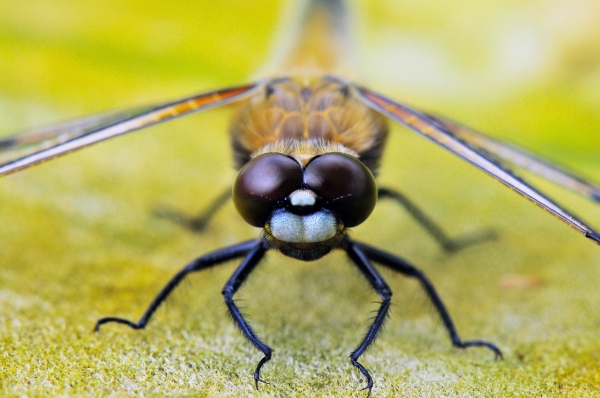The colour of dragonfly communities reacts to seasonal variation in solar radiation. Over the last 30 years, however, this colour pattern has changed – probably as a result of climate change.
In a new study, researchers at Julius-Maximilians-Universität Würzburg (JMU) in Bavaria, Germany, have discovered that the colour of dragonfly communities reacts to seasonal fluctuations in solar radiation. In spring and autumn, dragonflies with darker colour nuances are more likely to fly, while the specimens that appear in summer tend to be lighter in colour. The results of the study have now been published in the journal Nature Communications.
The colour adaptation allows the predatory insects to regulate their body temperature. Dark colours absorb heat better than light colours. It is important to note that it is not individual animals that change their colour, explains Professor Christian Hof. He heads the newly created Chair of Global Change Ecology at JMU: "What changes and adapts to solar radiation, so to speak, is the average coloration of all dragonflies flying at any one time."
Previous research showed that in northern regions, darker-coloured and larger dragonfly species tend to fly, as they are better able to retain heat. Lighter-coloured species, on the other hand, are found in the sunny south, where their coloration protects the animals from overheating.
Read more at University of Würzburg
Photo Credit: 3238642 via Pixabay


